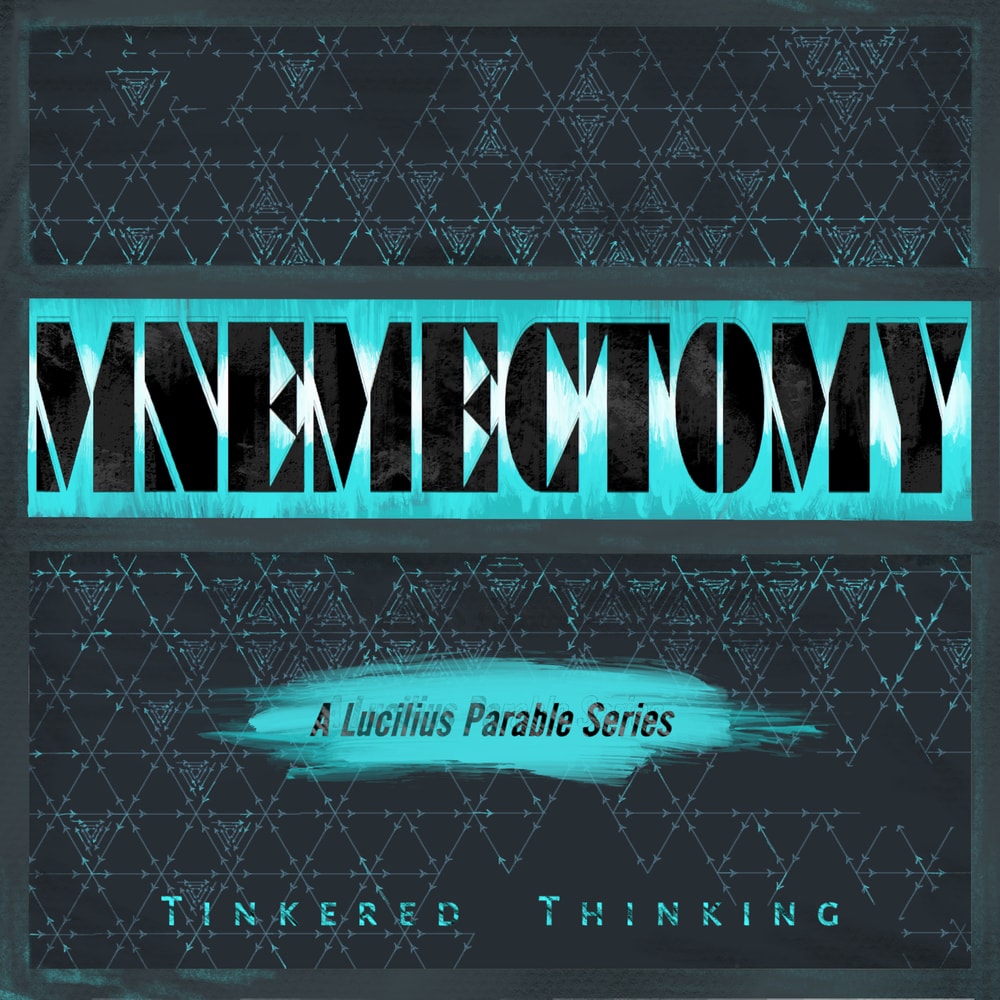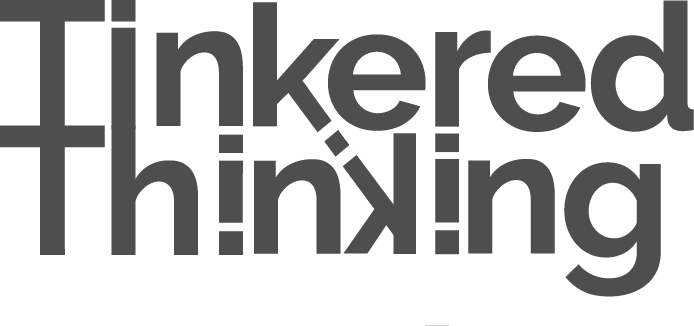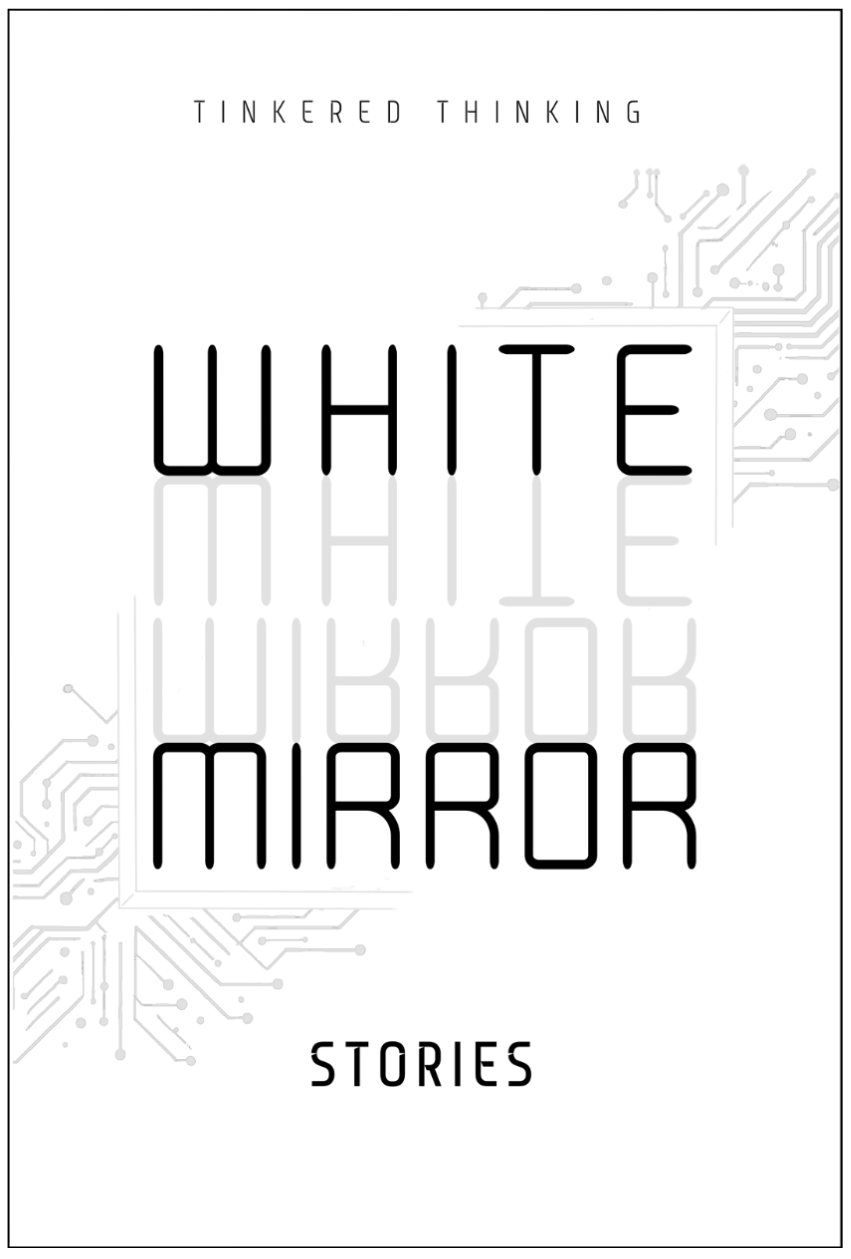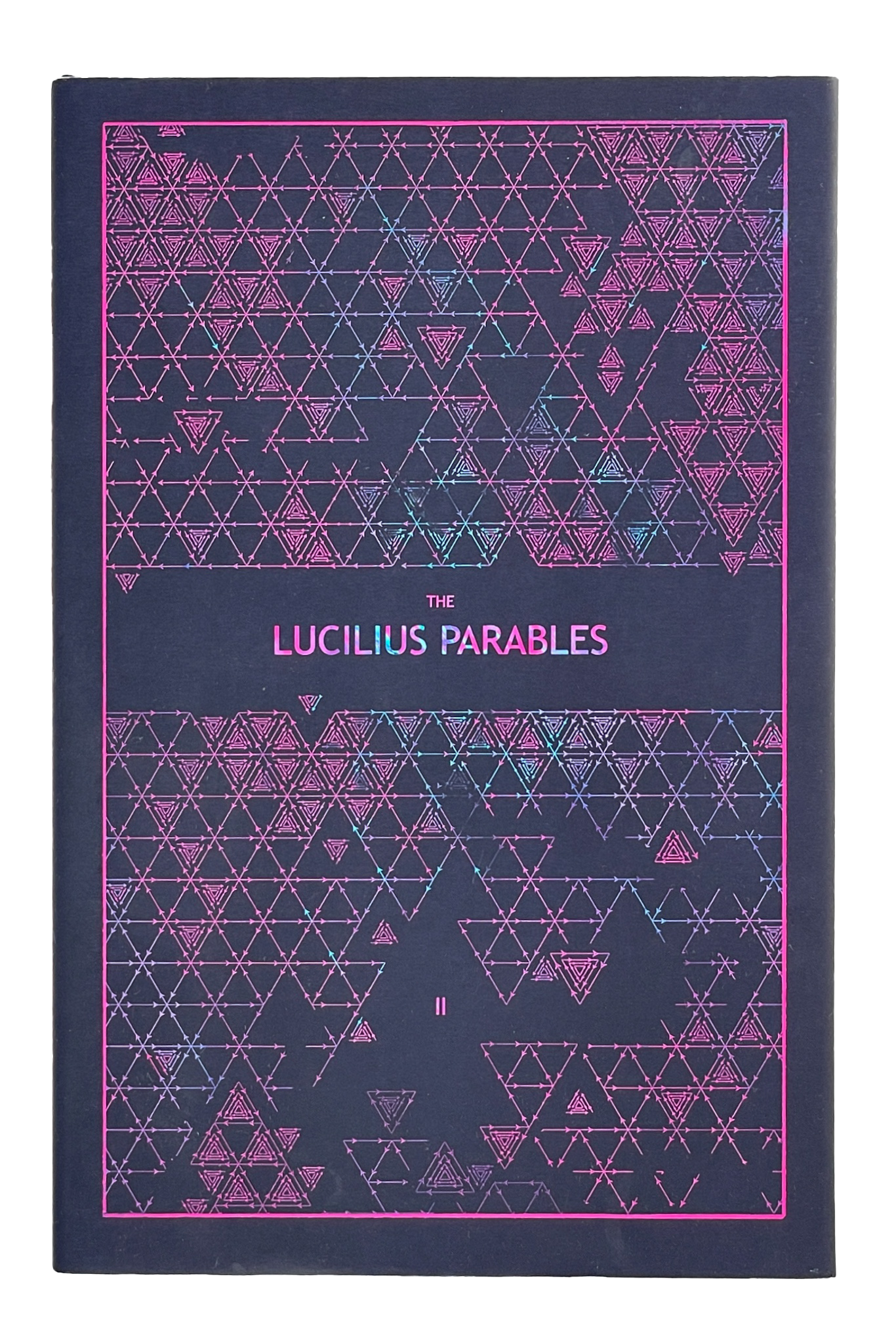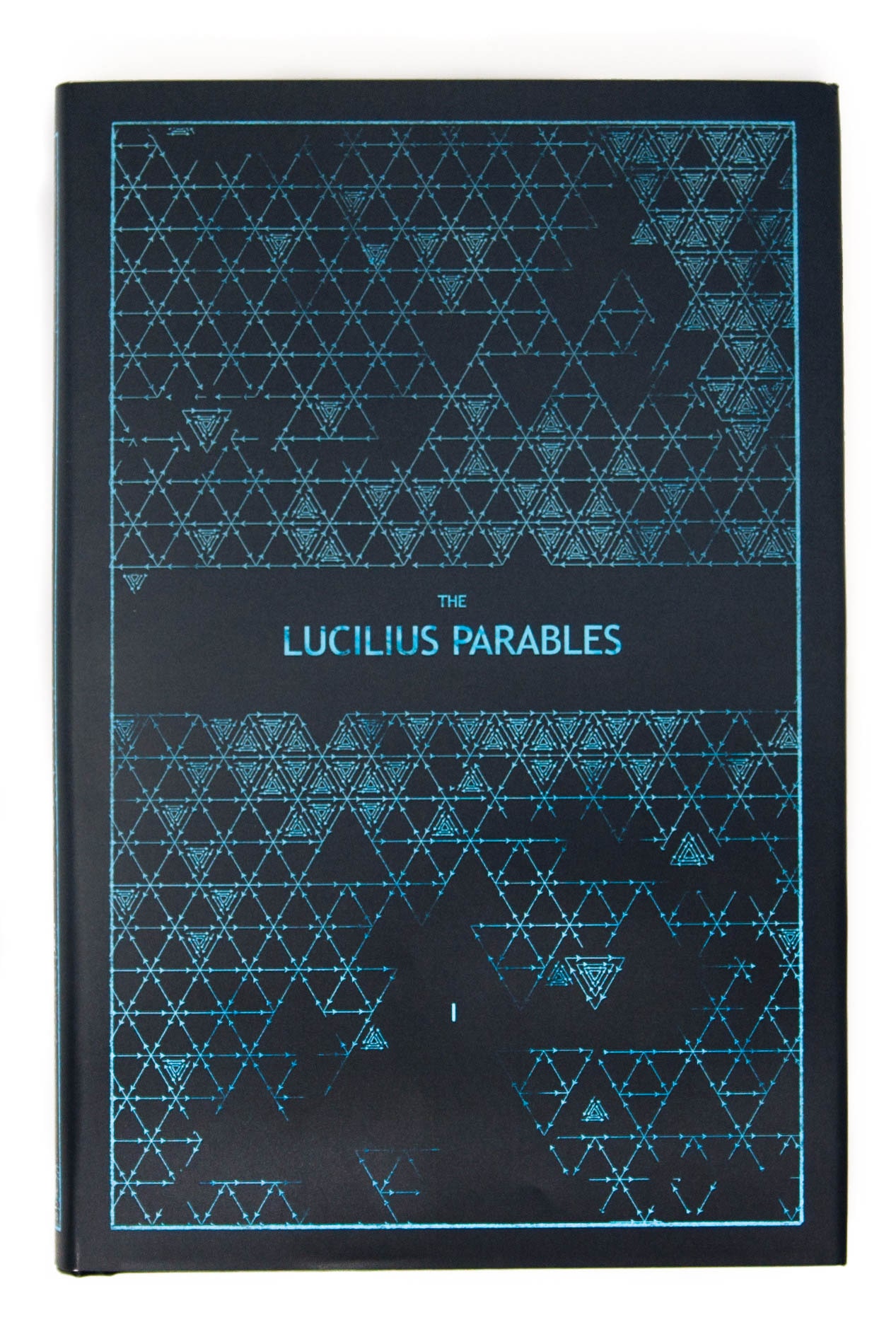Daily, snackable writings to spur changes in thinking.
Building a blueprint for a better brain by tinkering with the code.
subscribe
rss Feeds
SPIN CHESS
A Chess app from Tinkered Thinking featuring a variant of chess that bridges all skill levels!
REPAUSE
A meditation app is forthcoming. Stay Tuned.
THEORY OR EXAMPLE?
November 29th, 2019
What comes about first? And which is more powerful?
Our theory, or an example of that theory?
It can go both ways. We can come up with a theory and then look for examples where the theory holds true, or we can draw out a theory from examples.
The directions of deduction in these two cases are not equal. Our choice about what to do is better off drawn from examples. But this can be quite dangerous. As we look for examples about what to do, we naturally look around at what everyone else is doing and thinking. We can then fall into the trap of following the most common example, and if this becomes our course of action, then we’re no better than a sheep, and at worst we might be a buffalo in the middle of a herd that is headed straight off a cliff.
Naturally the most common thing has tons of examples by default. Go to school, get a job. Get promoted over and over or go back to school to get a better job. This is a common string of examples that people follow. The strange thing about this prevalent example is that the end result is not only highly predictable, but the probability of the most widely followed path leading to a radically better outcome is going to be rare in proportion to the widespread nature of the mainstream example.
We can turn our attention to examples of paths less followed. Looking at people who have traced out tangents from the herd might make it seem as though they were simultaneously lucky and courageous and the combination simply worked out.
But this perspective is too reliant on the example in isolation, and fails to incorporate any kind of theory that puts these tangents from the herd into a framework of understanding.
For example, after reading enough biographies of innovative and original people, we might come to discover that their obvious success was preceded by constant failure and setback. If we find this to be a trend among such people, than an assessment of mere luck and courage might not be a full explanation of what’s going on with these people. Clearly there’s an ability to endure the pain of failure. And perhaps it might go even deeper than that. Perhaps such people follow unconventional ideas that fail because the falsification of their ideas is in fact the only way they can update their model of the world.
Regardless of the theory that we form about such innovative people and the reason why they succeed in ways that are tangential to the herd, it’s more important to notice that there’s an inverse correlation between the number of examples and the necessity of a theory. If something has a ton of examples, like the aforementioned stereotypical path of success, then we may be in less of a need for a theory to understand it, because the outcome across examples is so robust. Why bother?
But with less examples, especially examples that follow wildly different paths but that end up at similarly successful places, the formation of a theory is perhaps more appropriate.
When the obvious choice gets you the obvious outcome, there’s little need for some sort of theory.
But when the counter-intuitive choice is required to get a rare and radical outcome, there’s an opportunity to place things in a framework that can evince the core of the sort of counter-intuition required to find rare and radical outcomes.
This episode references Episode 514: Falsify
-compressed.jpg)
